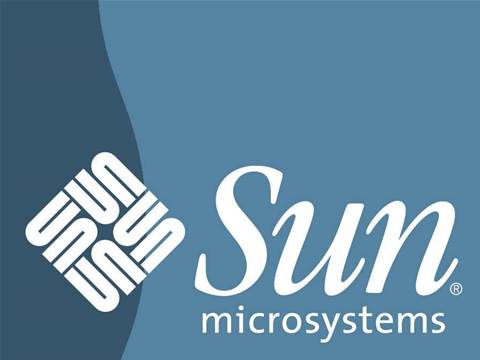Sun Microsystems remains tight lipped on its next generation processors.
The server vendor is working on three different chip designs. By the second half of this year it plans to release its Niagara II chip, a faster a more power efficient version of its current T1 processor.
The most notable improvement for the Niagara II will be a doubling of the number of threads. With its 4 processor cores featuring 16 threads each, the processor will be able to perform 64 calculations simultaneously.
But the vendor grows increasingly tight lipped when it goes to details about the future Rock and 'Advanced Processor Line' chips. Rock is slated for release by 2008. The APL line was originally promised for 2006, but is now on schedule for a launch in the first half of 2007.
At a meeting with reporters on Friday, Sun's executive vice president of systems John Fowler declined to give out any details on the positioning for the two chips and their relative differences.
"That would be giving away the thinking around Rock systems," Fowler quipped.
First announced in 2004, Sun is developing the APL together with Fujitsu. At the time of the first unveiling, company executives described the chip as a mainframe competitor that will replace Sun's current UltraSparc IV.
Sun pulls up smoke screens around future processors
By
Tom Sanders
on Mar 27, 2007 2:47PM

Got a news tip for our journalists? Share it with us anonymously here.
Partner Content

Guiding customers on the uneven path to AI adoption

Shared Intelligence is the Real Competitive Edge Partners Enjoy with Crayon
.png&h=142&w=230&c=1&s=1)
How mandatory climate reporting is raising the bar for corporate leadership

MSPs with a robust data protection strategy will achieve market success

How Expert Support Can Help Partners and SMBs Realize the Full Value of AI






.jpg&w=100&c=1&s=0)
_(8).jpg&w=100&c=1&s=0)









